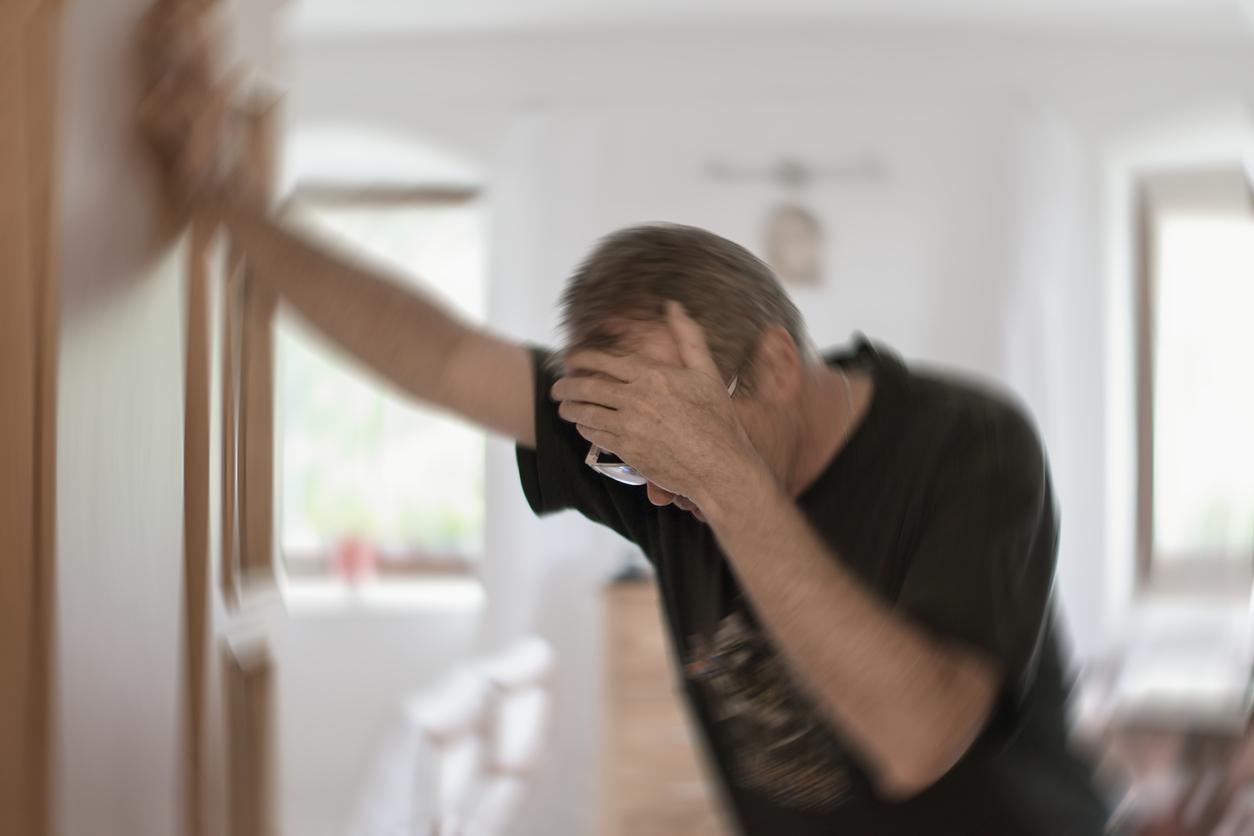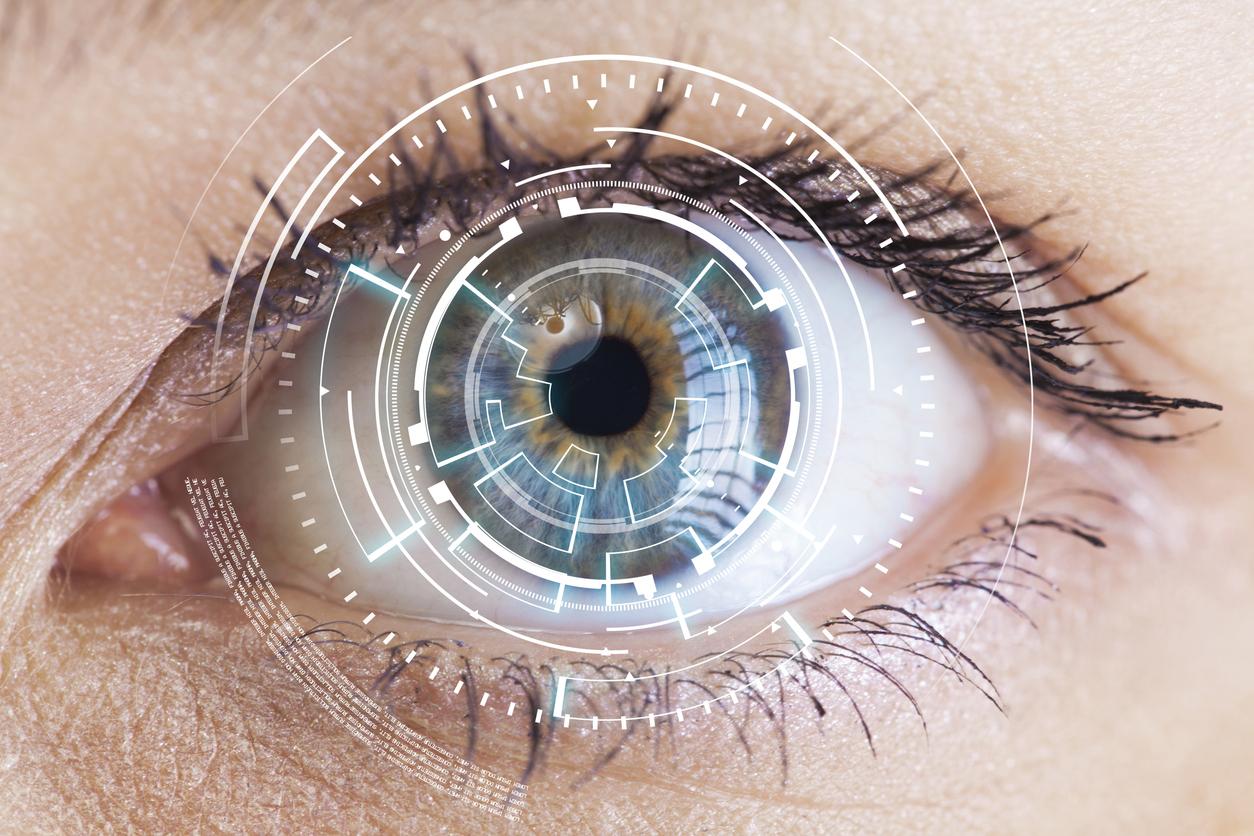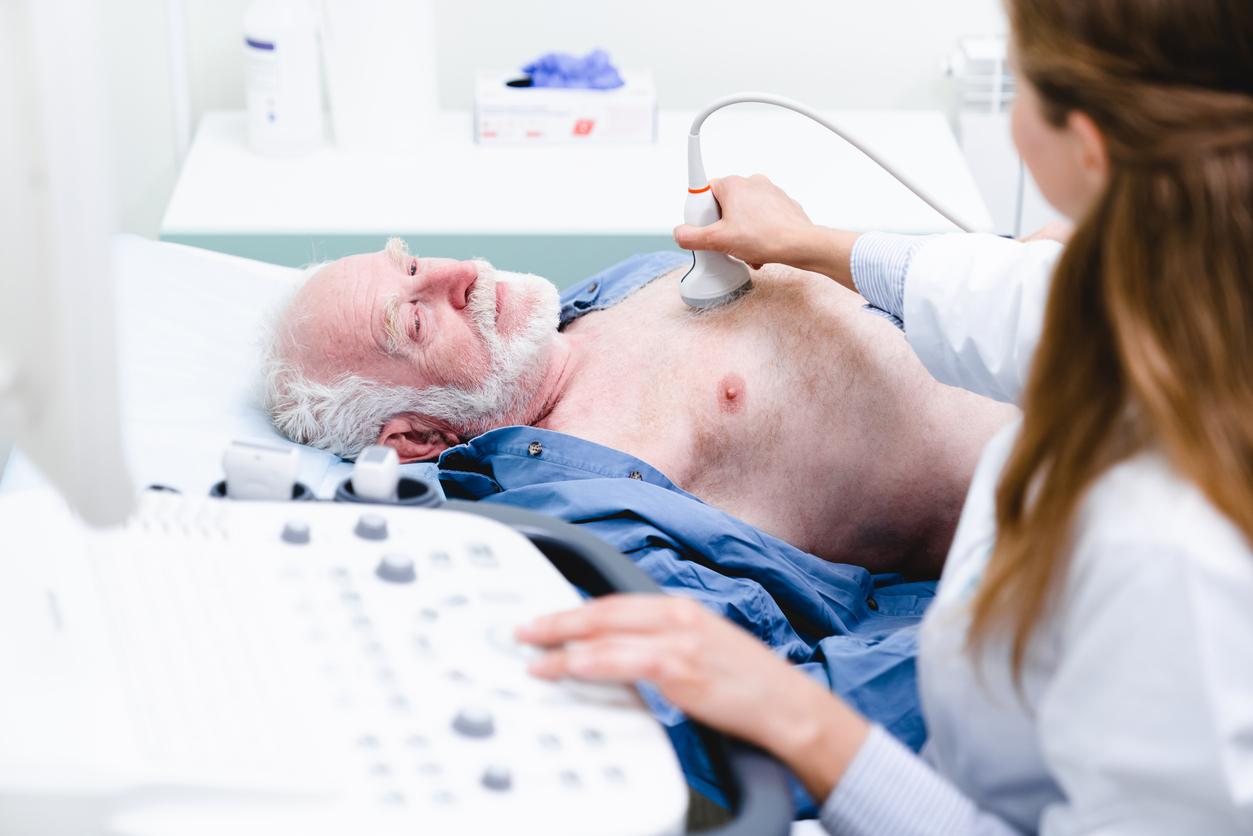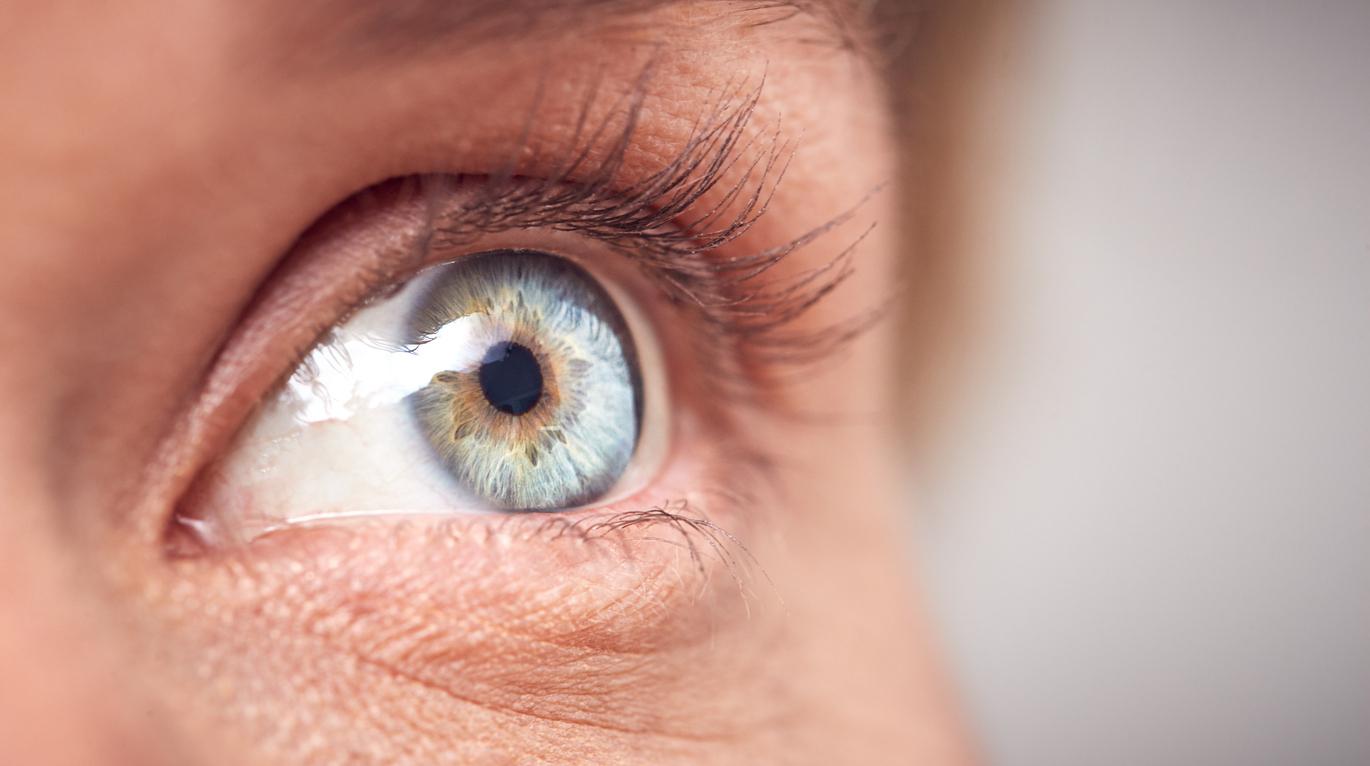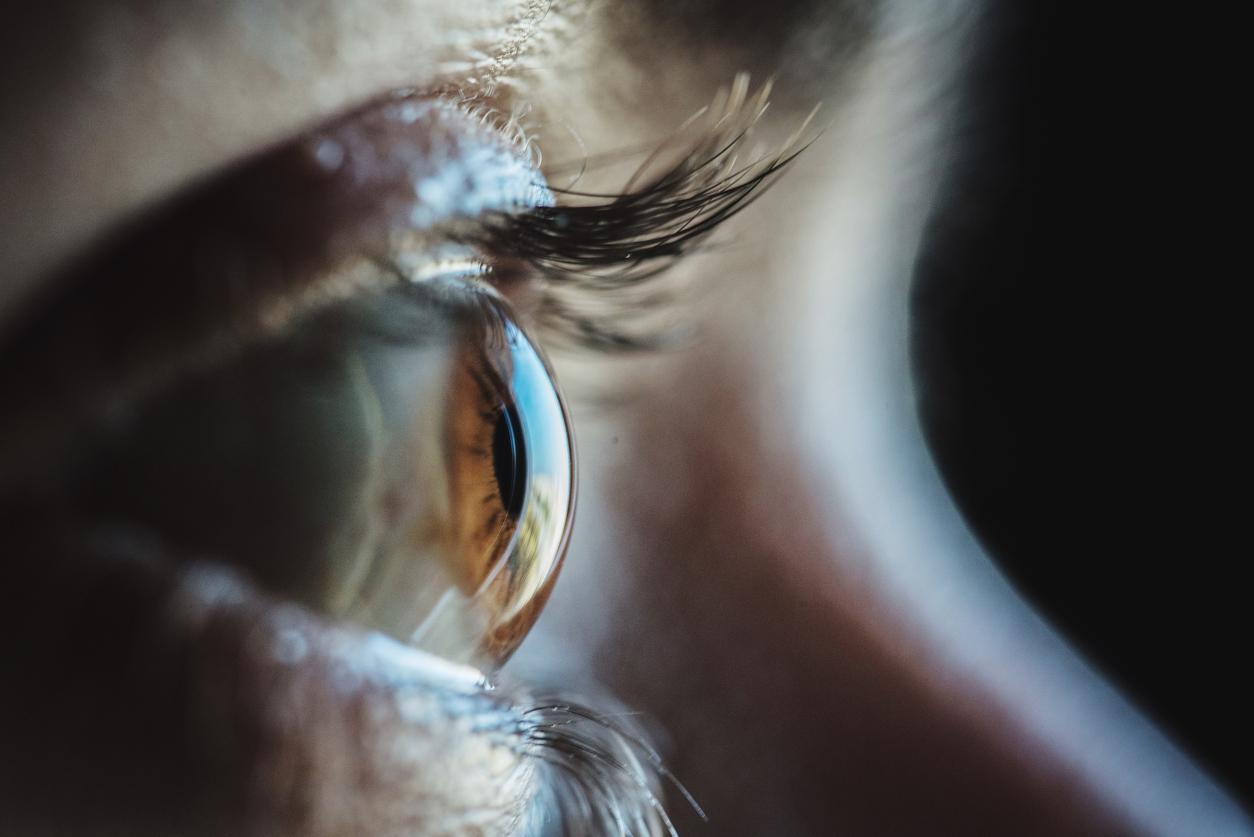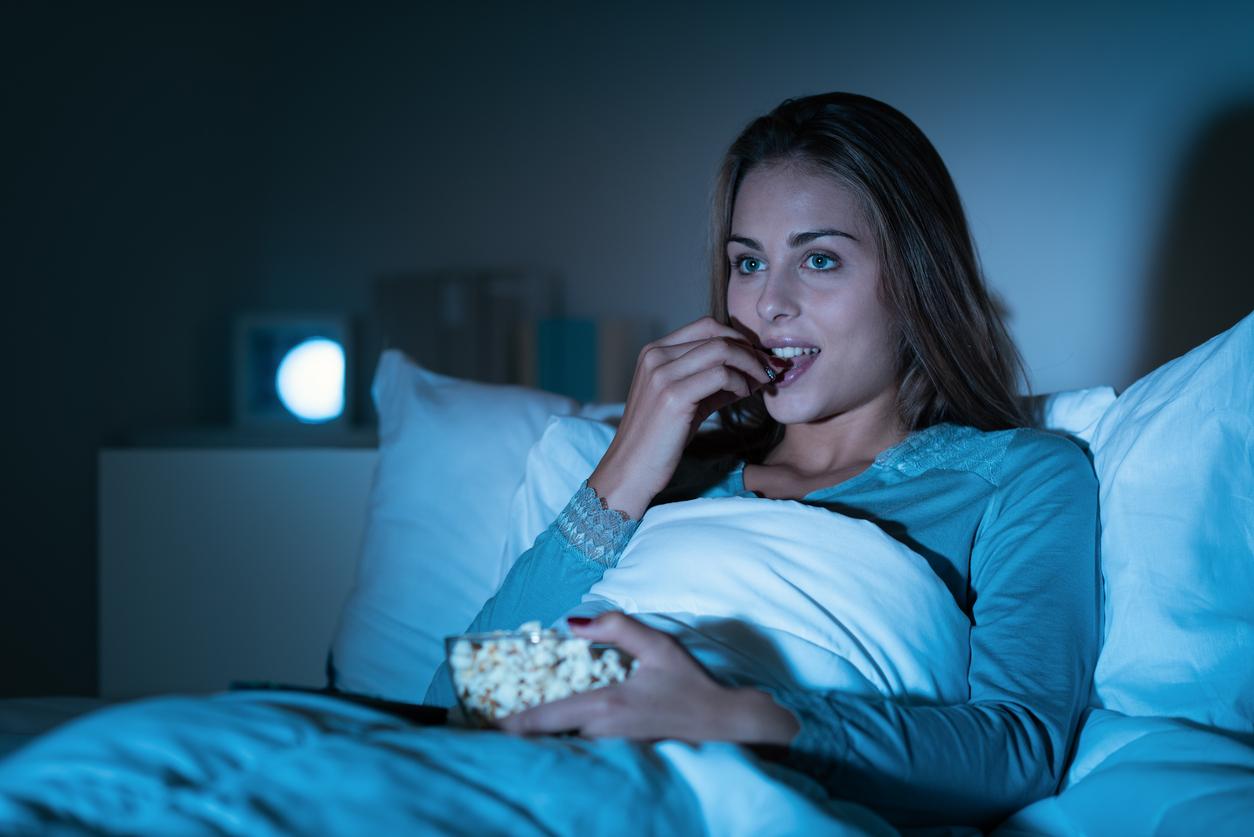With the help of a computer program, partially blind stroke patients have significantly recovered their visual abilities.

Vision disturbances are common after a stroke. Almost a quarter of victims suffer from a visual deficit, and unfortunately few will recover this function for lack of effective rehabilitation.
But a new method developed by researchers at the University of Rochester (United States) is raising hope. With the help of computer stimulation, partially blind patients have succeeded in alleviating their sequelae, they report in Neurology.
This work is the first to show that it is possible for patients suffering from long-term blindness associated with stroke to recover a larger field of vision. “Until now, the doctors thought there was nothing more to do,” the authors point out.
Light therapy
But convinced that better recovery can be achieved, Prof. Krystel Huxlin, from the research center of the Flaum Eye Institute, is developing computer-based visual therapy. This aims to redirect visual information to the brain while avoiding areas of the brain destroyed by stroke.
To achieve this, the researcher and her team invented a personalized computer program for 17 patients with cortical blindness (loss of vision linked to lesions in the primary visual cortices). This program sends flashes of light in the form of streaks and moving points in the field not visible to the patients. This specific area is called a negative scotoma.

At the start of the experiment, patients only guessed the presence of these light spots every other time. But at the rate of 2 daily sessions of 30 minutes for 3 months, the visual abilities of the volunteers have greatly improved. At the end of the study, they were able to give a correct answer 8 times out of 10, which is as much as an individual without a visual impairment. This rehabilitation thus made it possible to reduce the negative scotoma of the patients.
One of the participants told the doctors in particular that she could now see the first letters of the word “woman” when she went to the bathroom of a restaurant. Faces and objects that became crooked after his stroke have returned to their normal shape.
“Patients start from scratch and manage to recover movement and visual sensations – although insufficient,” says Matthew Cavanaugh, co-author of the study. We now hope to refine our method so that the rehabilitation is more effective ”.
On the other hand, the vision of patients who did not benefit from this method continued to gradually decline. For the authors, this calls into question the dogma according to which the visual disturbances caused by stroke no longer evolve 6 months after the stroke.
Prof. Huxlin seeks to confirm these observations with a larger group of patients. If it appears that the visual deficit worsens over the years, “not re-educating these patients would be a real loss of opportunity,” says the researcher.
“Our rehabilitation technique can prevent and stop vision loss after a stroke,” she adds, adding that the faster it starts, the more effective it is.
.







